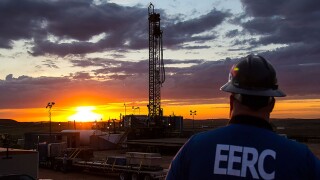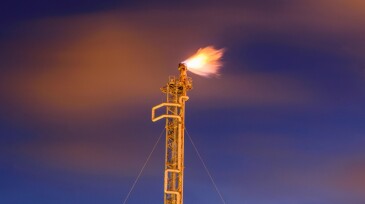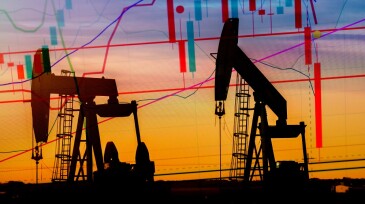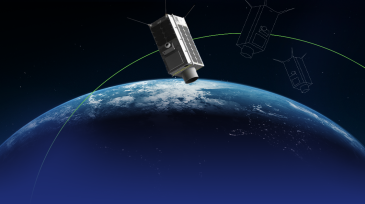Emission management
Growing energy transition investment highlights oil and gas technologies as key enablers.
EERC CEO Charles Gorecki outlines how applied research in North Dakota is helping improve oil recovery, reduce emissions, and advance carbon storage.
A newly formed global coalition, Carbon Measures, aims to develop a ledger-based carbon accounting framework and champion market-based solutions to drive emissions reduction.
-
Electric-powered fracturing fleets looked impressively resilient in 2020 amid what was otherwise a significant collapse for the hydraulic fracturing sector. Today, the situation is more complicated.
-
Tracking the Energy Transition: The Decarbonization Puzzle, the Power of Wine, and Hydrogen on TrackMajor energy companies are tapping into wine residues, used cooking oil, and waste animal fat to produce biofuels. Retooling to meet clean energy goals dominated the first day of the SPE Annual Technical Conference and Exhibition. And the US and European Union launched a global methane reduction pact that has climate advocates breathing a sigh of relief just weeks bef…
-
The Texas Methane and Flaring Coalition has released the first edition of the report, which it says will help lawmakers, media, and the general public understand the latest developments around methane and emissions.
-
Amid investor pressure, ExxonMobil taps its Poker Lake facility in New Mexico as the company’s first for natural-gas certification.
-
Purchasing carbon offsets is a widespread means of attempting to meet carbon-reduction and net-zero emissions goals across many industries. Also widespread is the increasing scrutiny of the practice. How “real” are the offsets? How are they quantified and verified, and by whom?
-
The company’s 2021 Energy Transition Outlook says the Earth likely will miss the 2°C goal of the Paris Agreement and the window to get back on track is closing rapidly.
-
The energy transition was present but not at center stage at recent earnings calls as majors celebrated their improving financial performance.
-
The world’s largest emissions trading market will probably start slowly.
-
The year-long research project is aimed at proving the feasibility of reliable, space-based emissions monitoring.
-
We need to analyze the carbon intensity of reserves, the potential emissions that are in front of us, not just the carbon intensity of current operations. An engineering solution associated with production forecasts over time offers a framework for thinking through the carbon-emissions issue.













